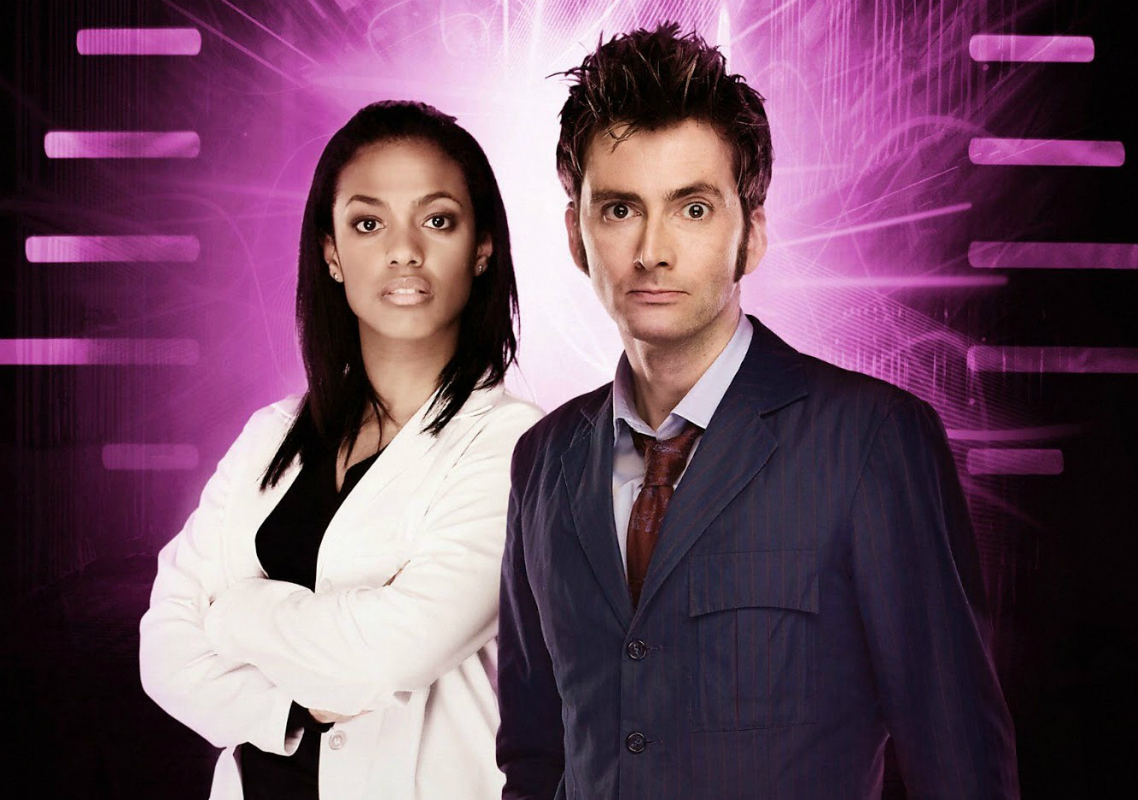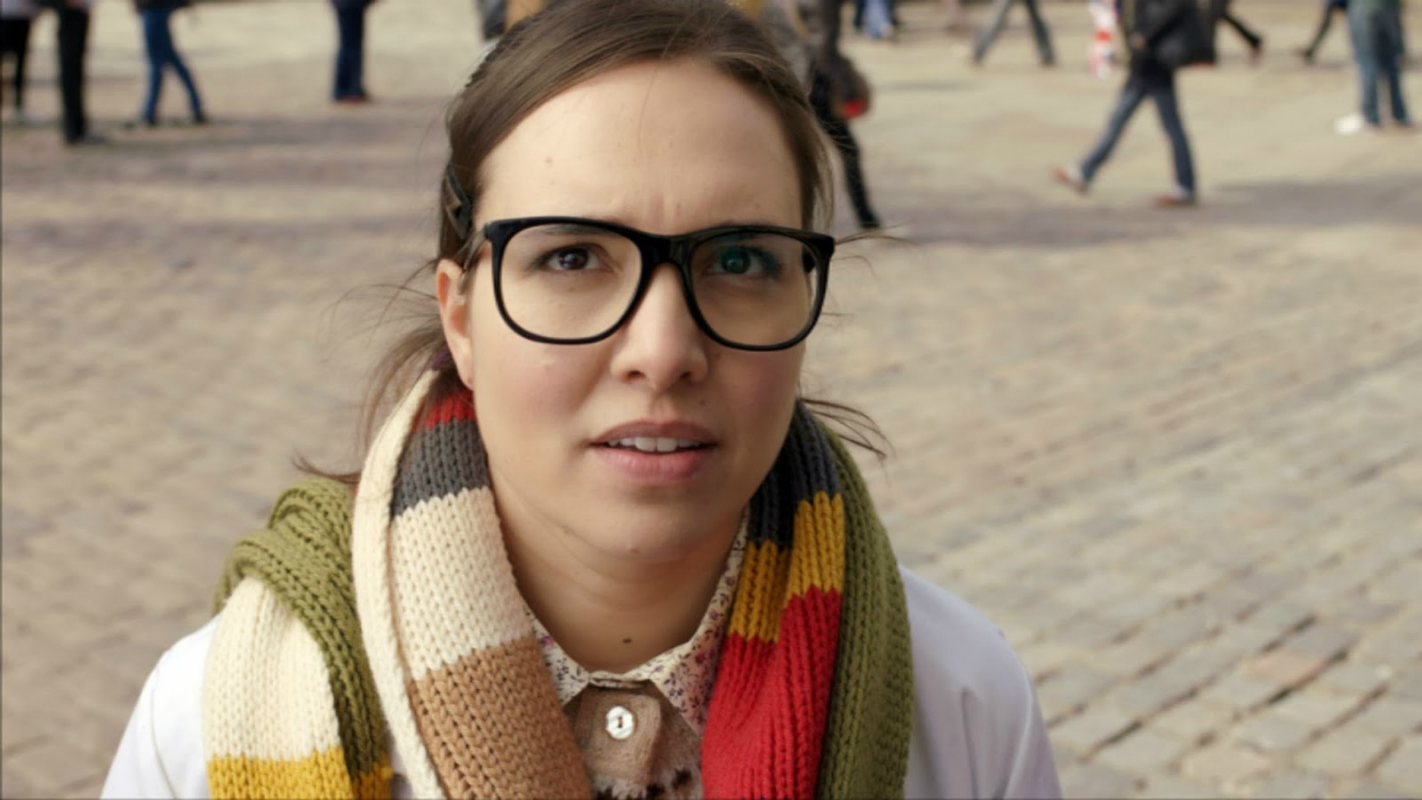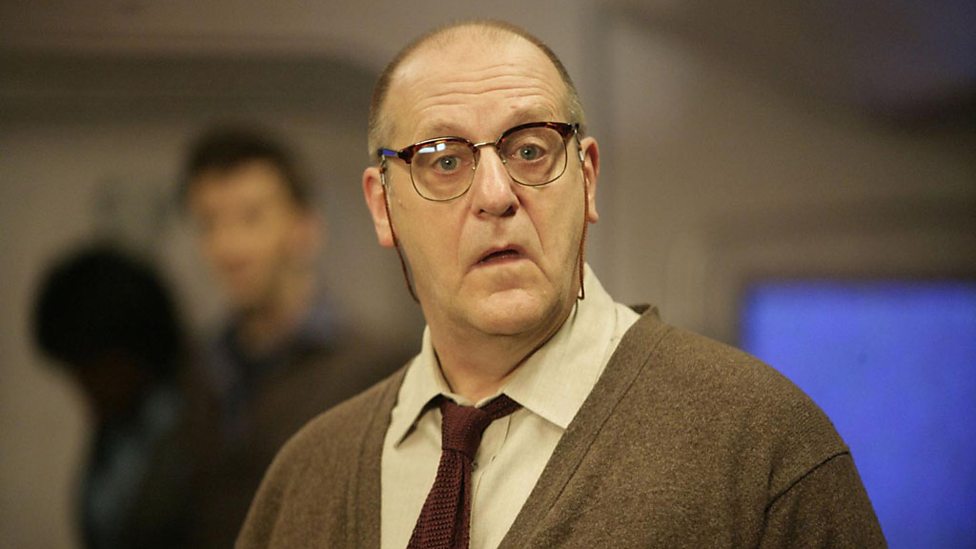'Doctor Who' Scientists: How Do Women Measure Up?

Science fiction promises that the world can be dramatically different — and presumably better — from what we experience every day, if we can only imagine it. We can have jetpacks, oscillation overthrusters, lightsabers and transporters. We can pilot starships, trade jibes with talking raccoons or sarcastic robots, and hitchhike across the galaxy carrying only a towel.
But science fiction is also grounded in reality, shaped by creators who can harbor prejudices that infect their imagined worlds. [Science Fact or Fantasy? The Reality of 20 Imaginary Worlds]
Scientists recently investigated how gender prejudices might surface in sci-fi by looking at a complex fictional universe that unfolded over half a century — the British television program "Doctor Who."
The long game
Since it first aired in 1963, the show about a regenerating Time Lord traveling through space and time has featured a number of male and female supporting characters who happened to be scientists. For the study, researchers evaluated whether they saw gender-related differences in the representations of 222 scientist characters — 56 women and 166 men — who appeared on the series from 1963 to 2013, but who were not regular members of the show's cast.
Earlier research in this area typically judged female representations of scientists in films and television simply by counting heads, or by looking only at female characters and how they behaved or how they were treated, study co-author Lindy Orthia, an associate director of science education at the Australian National University (ANU), told Live Science in an email.
But this time, Orthia and her co-author Rachel Morgain, also at ANU, compared and analyzed both male and female scientist characters in one television series, to gauge whether or not they were represented as equally competent scientists.
To judge competency, Orthia and Morgain looked at each character's title, whether or not they performed any science on-screen, and how autonomous they were in the scientific workplace.
Sign up for the Live Science daily newsletter now
Get the world’s most fascinating discoveries delivered straight to your inbox.
They also noted if a character's role was important to the episode's plot, and whether their scientific discipline was in health or medicine, fields that traditionally have held fairly equal numbers of women and men in Britain.
The invisible enemy
Across the entire study and within each decade, male scientists outnumbered women, the researchers found. However, the ratio of female to male scientists rose from decade to decade, climbing from 15 percent in the 1960s to 28 percent in the 1980s. By the 2000s, 42 percent of the scientist characters in "Doctor Who" were women.
And when it came to scientific competency, the parallels between men and women were much closer.

Male scientists were somewhat more likely to be autonomous, or to hold positions of authority — 83 percent, compared to 71 percent of the women. But otherwise, there were "no significant differences" between men and women, the authors wrote in the study. Science honorifics were used for 25 percent of the women and for 30 percent of the men. And 75 percent of both male and female scientists performed science on-screen.
"Our research suggests 'Doctor Who' treated women and men more or less equally — aside from casting women as scientists less often," Orthia said.
In fact, of the nine female scientist characters who appeared in episodes from the 1960s, 100 percent of them performed science on-screen, hinting that "Doctor Who" creators were making a deliberate effort to be inclusive, the authors wrote in the study.
And in the 1968 episode "The Web of Fear," when a soldier condescendingly questioned scientist Anne Travers, asking her, "What's a girl like you doing in a job like this?" her answer was refreshingly matter-of-fact: "Well, when I was a little girl I thought I’d like to be a scientist. So I became a scientist," she said.
"From as early as the 1960s there was some very right-on dialogue about women in science in the show," Orthia told Live Science. "We think that, on average, the creators are keen to promote gender equality in science." [Countries with the Most and Least Gender Equality]
Human nature
However, the researchers also found evidence of "Doctor Who" linking a character's scientific competency to gender stereotypes.
In examples of 13 scientists who were clearly failures, many of the men are described by the authors as "effeminate," and "gender nonconforming."
A didactic and patronizing scientist character named Hobbes in the 2008 episode "Midnight" is soft and "flabby", the authors wrote, and comes across as "impotent" both in his lack of sexual interest in his female assistant, and his inability to act decisively during a crisis.

Consequently, Hobbes proved to be inept at detecting the threat in a dangerous alien encounter, placing a number of people — including the Doctor — in jeopardy.
Other incompetent scientists answered to leaders who suppressed men or rejected behaviors associated with men. The 1969 serial "The Dominators" introduced an alien race known as Dulcians, who rejected warfare of any kind, and appeared weak and ineffectual next to their rivals. Dulcian male scientists were clean-shaven and wore low-cut dresses, and their investigation of vanished radiation in an irradiated site was almost comically incompetent.
And some of the women scientists who failed at science were "domineering" and "man-belittling," such as the Hilda Winters character in the 1974–1975 serial, "Robot," whom the authors labeled, "the unpleasant face of feminism" for her confrontational, mocking demeanor.
Overall, the researchers found that "Doctor Who" did portray women scientists in a positive light, though its track record was far from perfect.
"The statistically equal treatment of female and male scientist characters is encouraging, but is not an excuse for complacency," Orthia said.
"There are quite a lot of successful, credible female scientist characters in the show, but they and their credible male counterparts seem to be characterized as fitting in with an individualist, rugged culture of science," she added.
"Culturally, it still perpetuates science as a masculine pursuit."
The findings were published online in the August edition of the journal Sex Roles.
Original article on Live Science.

Mindy Weisberger is an editor at Scholastic and a former Live Science channel editor and senior writer. She has reported on general science, covering climate change, paleontology, biology and space. Mindy studied film at Columbia University; prior to Live Science she produced, wrote and directed media for the American Museum of Natural History in New York City. Her videos about dinosaurs, astrophysics, biodiversity and evolution appear in museums and science centers worldwide, earning awards such as the CINE Golden Eagle and the Communicator Award of Excellence. Her writing has also appeared in Scientific American, The Washington Post and How It Works Magazine. Her book "Rise of the Zombie Bugs: The Surprising Science of Parasitic Mind Control" will be published in spring 2025 by Johns Hopkins University Press.










